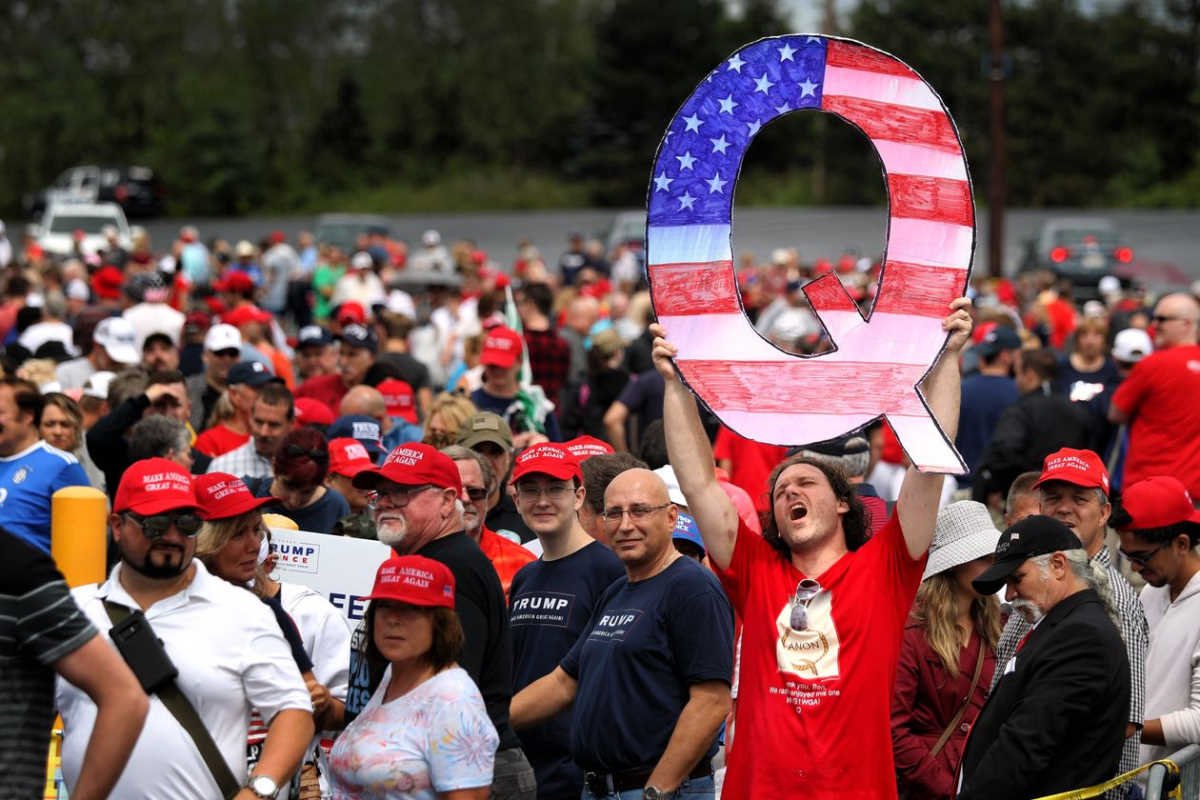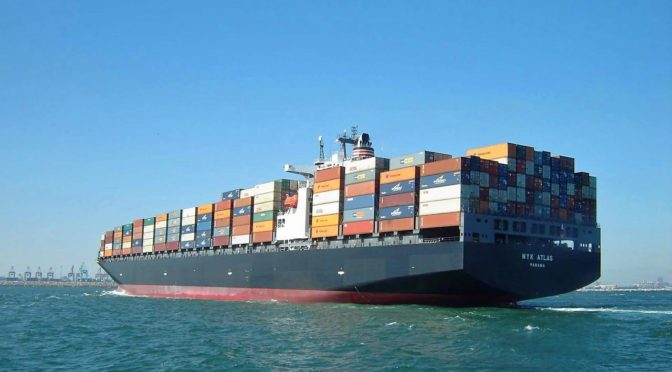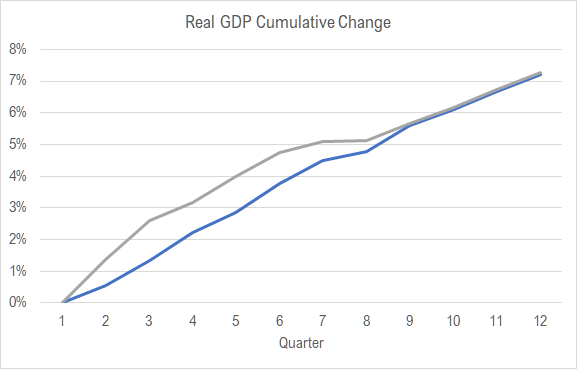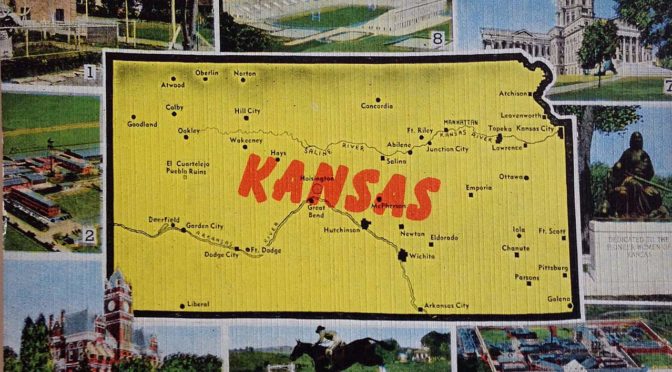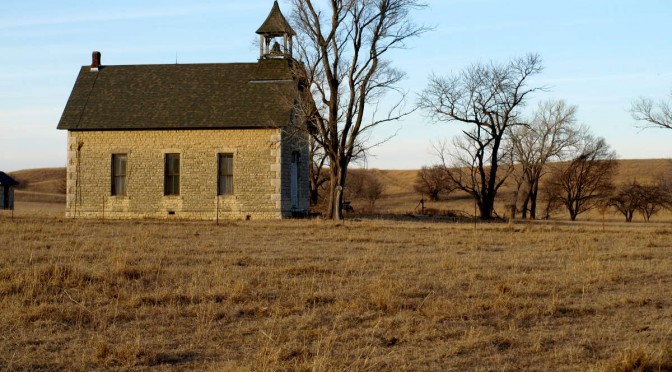QAnon, a conspiracy theory group mentioned favorably by President Donald J. Trump and embraced by other Republican leaders, represents a public security threat, according to the Combating Terrorism Center at West Point.
President Donald J. Trump has mentioned favorably the conspiracy theory group QAnon. 1 A branch of the United States Government, however, sees QAnon differently, describing it as “the bizarre assemblage of far-right conspiracy theories that holds that U.S. President Donald Trump is waging a secret war against an international cabal of satanic pedophiles seems to present a far lesser threat to public security.”
At the United States Military Academy at West Point, there is a research center that, in its own description, “educates, advises, and conducts research to equip present and future leaders with the intellectual tools necessary to understand the challenges of terrorism and counterterrorism.” In its July publication, a research paper describes QAnon as a threat to public safety, with the potential to become a domestic terror threat.
Here is the abstract from The QAnon Conspiracy Theory: A Security Threat in the Making? 2
The QAnon conspiracy theory, which emerged in 2017, has quickly risen to prominence in the United States. A survey of cases of individuals who have allegedly or apparently been radicalized to criminal acts with a nexus to violence by QAnon, including one case that saw a guilty plea on a terrorism charge, makes clear that QAnon represents a public security threat with the potential in the future to become a more impactful domestic terror threat. This is true especially given that conspiracy theories have a track record of propelling terrorist violence elsewhere in the West as well as QAnon’s more recent influence on mainstream political discourse.
The heavily-researched and footnoted article may be read at The QAnon Conspiracy Theory: A Security Threat in the Making?
—
Notes
- Q During the pandemic, the QAnon movement has been — appears to be gaining a lot of followers. Can you talk about what you think about that and what you have to say to people who are following this movement right now?
THE PRESIDENT: Well, I don’t know much about the movement, other than I understand they like me very much, which I appreciate, but I don’t know much about the movement. I have heard that it is gaining in popularity. And from what I hear, it’s — these are people that, when they watch the streets of Portland, when they watch what happened in New York City in just the last six or seven months — but this was starting even four years ago when I came here. Almost four years; can you believe it?
These are people that don’t like seeing what’s going on in places like Portland and places like Chicago and New York and other cities and states. And I’ve heard these are people that love our country, and they just don’t like seeing it.
So I don’t know, really, anything about it other than they do, supposedly, like me. And they also would like to see problems in these areas — like, especially the areas that we’re talking about — go away. Because there’s no reason the Democrats can’t run a city. And if they can’t, we will send in all of the federal — whether it’s troops or law enforcement, whatever they’d like — we’ll send them in. We’ll straighten out their problem in 24 hours or less.
Okay?
The White House. Remarks by President Trump in Press Briefing | August 19, 2020. Available at https://www.whitehouse.gov/briefings-statements/remarks-president-trump-press-briefing-august-19-2020/. ↩
- Combating Terrorism Center. The QAnon Conspiracy Theory: A Security Threat in the Making? July, 2020. Available at https://ctc.usma.edu/the-qanon-conspiracy-theory-a-security-threat-in-the-making/. ↩
